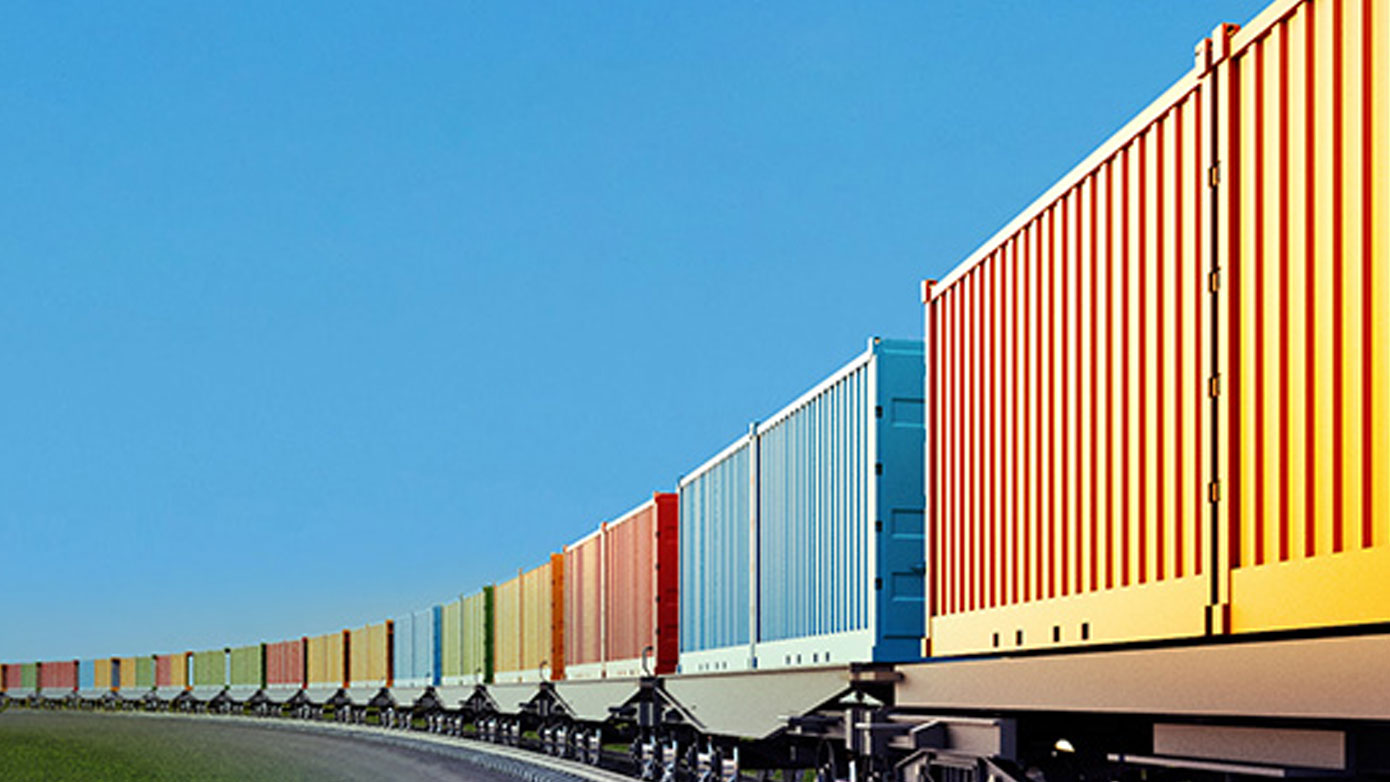Unlocking Supply Chain Agility: The Power of Componentised TMS Platforms
- 7 March 2025

The global supply chain is at an inflection point. Traditional models are buckling under the pressure of unprecedented disruption, from technological advancements and geopolitical shifts to evolving consumer expectations and heightened sustainability concerns. This moment demands a fundamental rethinking of how we design, manage and optimise the flow of goods and services across the globe.
In the whirlwind of 2025's supply chain landscape, agility is no longer a buzzword, it's a survival skill. Every organisation needs the ability to not just withstand disruptions, but to adapt and thrive amidst constant change. Agile, more advanced companies can respond to market changes faster than their competitors, seizing new opportunities and gaining market share.
Technologies such as transportation management systems (TMS) are key in providing the needed capabilities and insights to enable this speed and agility. Older, traditional TMS solutions can be compared to a giant ship – powerful, but slow to turn. In today’s environment, a better model is having a fleet of nimble speedboats – each with a specific purpose – working together seamlessly. That's the power of componentised microservices platforms for TMS. And that is exactly what Manhattan is offering.
The Power of Componentised Microservices
Manhattan TMS platform can be a game-changer for supply chain agility. It's like the central nervous system, coordinating and optimising movements, allowing for quick reactions and evolutions. Individual components can be updated, upgraded or replaced without affecting the entire system. This allows for faster adaptation to changing market conditions, customer demands and technological advancements. Need a new feature? Deploy it seamlessly without overhauling the whole system. Development cycles are shorter, and deployments are faster because teams can work on individual components simultaneously. The result is constant innovation, occurring in 90 day cycles, and allowing for better responses to emerging needs.
Componentised microservices allow companies to select and implement only the TMS components they need, avoiding the bloat and cost of traditional TMS. This allows for a more tailored and cost-effective solution that delivers greater value. Microservices architecture also enables automatic scaling of functionalities as needed, which ensures the solution can handle growing data volumes and evolving business requirements.
Unlocking Faster Implementation and ROI
What makes the Manhattan’s TMS such a powerful platform is that it provides all critical capabilities on a componentised basis, resulting in faster implementation, greater ROI and easier adoption by the end user. A quicker implementation means companies can start reaping the benefits sooner including: cost savings from optimised routing; improved efficiency from automation; and enhanced visibility for better decision-making. Shorter implementation times often translate to lower costs on consulting, training and configuration, thus freeing up resources for other strategic initiatives. Overall, a componentised approach enables companies to achieve a faster return on their TMS investment.

Unlike traditional, rigid TMS technology, a modern approach acts as a platform for innovation tailored to your unique needs. The power of a TMS platform built with modular components (microservices) is that it can be easily configured, extended and customised to each specific business, unlocking new levels of agility and value.
Driving Competitive Advantage Through Customisation
Much like LEGO blocks, it starts with a solid foundation of core TMS functionality. But then each enterprise can add or modify specific components to fit their exact requirements. Need specialised logic for carrier selection? Build it. Want to integrate with a unique internal system? Connect it.
This flexibility allows shippers to respond rapidly to change such as new regulations, changing customer demands or market shifts. Adapt the TMS quickly by adding or modifying components, without lengthy development cycles or costly overhauls. Customers can also build custom workflows and automation rules to streamline operations and eliminate manual tasks. For example, one might automate carrier selection, optimise load planning, or generate customised reports. By developing unique functionalities, businesses can differentiate and gain competitive advantages, from creating specialised algorithms for route optimisation to integrating with emerging technologies like blockchain for enhanced traceability. The ability to tailor the TMS to specific needs means shippers can maximise the return on their investment while achieving greater efficiency, cost savings and customer satisfaction.

One shipper, frustrated with traditional carrier selection based solely on price, built its own extension that incorporated unique allocation logic, prioritising carriers based on their past performance on specific lanes, including on-time delivery rates, reliability, and communication. The result? Improved carrier commitment percentages, reduced delays, and a more streamlined, automated process.
This is just one of countless examples of how the composable architecture of a modern TMS can empower shippers to innovate, adapt and optimise their transportation operations. By providing the flexibility to build custom solutions, these platforms unlock new levels of agility and value, enabling shippers to stay ahead in a dynamic and competitive market.
By adopting a componentised, microservices platform, Manhattan offers more flexible, adaptable and scalable solutions. We empower our customers to navigate the complexities of modern supply chains with greater adaptability, speed and value. This approach is essential for providing the agility to compete in a rapidly evolving logistics landscape.
Related Insights

Transform Your Transportation, Accelerate Growth
Drive efficiency, resilience, and growth with a Transportation Management System that lets you optimise routes, streamline operations, and adapt to change in real-time.

Making the Case for TMS: Driving Supply Chain ROI
A TMS is one of the most critical solutions for achieving savings and future-proofing your supply chain – read here how a TMS can drive supply chain ROI.

Agility
Gain more operational agility with solutions that integrate easily with key outside partners through the APIs. Constantly find the right solves for greater efficiency with a continuous optimisation engine. Seamlessly shift modes to overcome disruptions and capitalise on opportunities.






